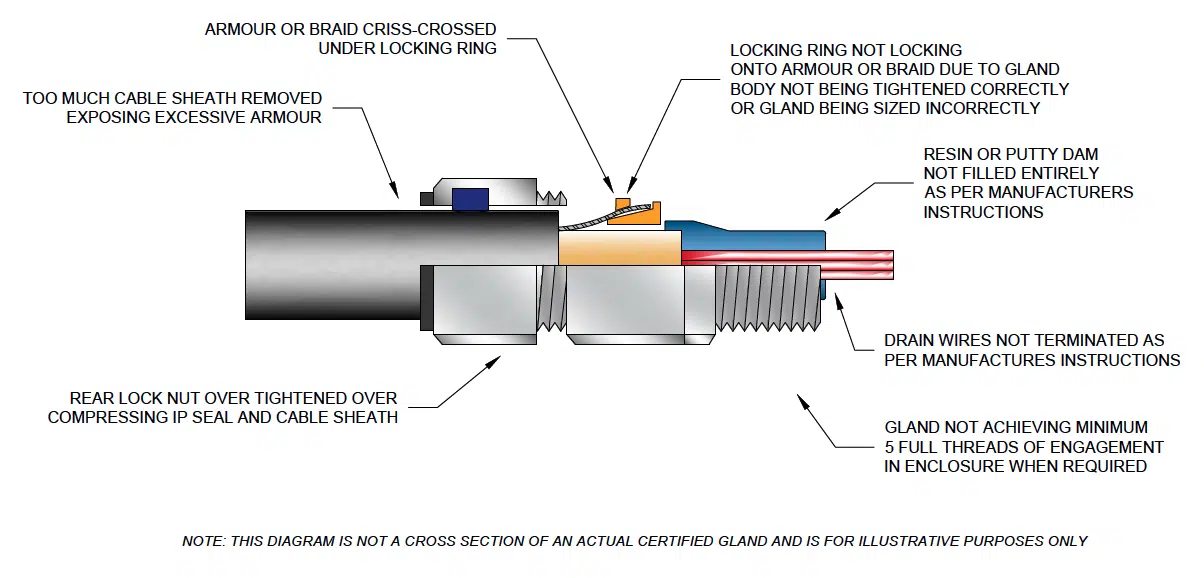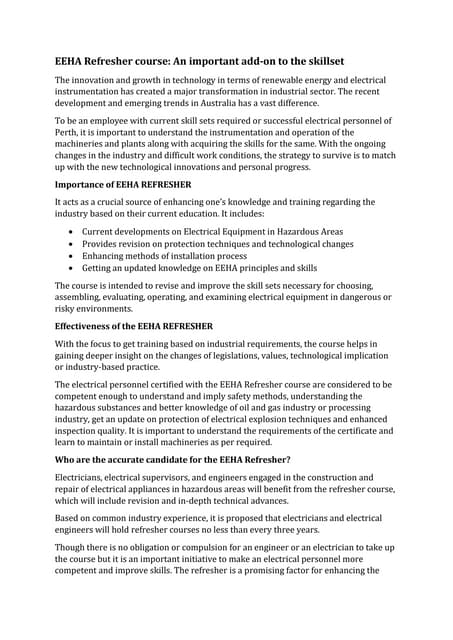Roar Solutions - Questions
Roar Solutions - Questions
Blog Article
Roar Solutions Fundamentals Explained
Table of ContentsMore About Roar SolutionsThe 8-Minute Rule for Roar SolutionsSome Known Factual Statements About Roar Solutions
In order to protect installments from a prospective explosion an approach of analysing and identifying a possibly unsafe location is called for. The objective of this is to make sure the right option and installation of equipment to inevitably avoid a surge and to guarantee safety of life.
(https://dzone.com/users/5292804/roarsolutions.html)
No equipment ought to be installed where the surface area temperature level of the equipment is greater than the ignition temperature of the provided danger. Below are some typical dirt harmful and their minimum ignition temperature. Coal Dust 380C 225C Polythene 420C (melts) Methyl Cellulose 420C 320C Starch 460C 435C Flour 490C 340C Sugar 490C 460C Grain Dust 510C 300C Phenolic Material 530C > 450C Aluminium 590C > 450C PVC 700C > 450C Residue 810C 570C The chance of the hazard existing in a focus high adequate to create an ignition will certainly differ from location to location.
In order to categorize this threat an installment is divided into areas of danger relying on the quantity of time the hazardous is existing. These areas are described as Zones. For gases and vapours and dusts and fibres there are three areas. Area 0 Area 20 A harmful ambience is extremely likely to be present and may be existing for extended periods of time (> 1000 hours annually) or perhaps continuously Zone 1 Area 21 An unsafe atmosphere is feasible but not likely to be present for extended periods of time (> 10 450 C [842 F] A classification of T6 indicates the minimum ignition temperature level is > 85 C [185 F] Unsafe location electrical tools possibly made for usage in higher ambient temperature levels. This would showed on the ranking plate e.g. EExe II C T3 Ta + 60C( This indicates at 60C ambient T3 will not be gone beyond) T1 T1, T2, T3, T4, T5, T6 T2 T2, T3, T4, T5, T6 T3 T3, T4, T5, T6 T4 T4, T5, T6 T5 T5, T6 T6 T6 A T Course ranking of T1 indicates the optimum surface temperature created by the tool at 40 C is 450 C. Thinking the connected T Class and Temperature ranking for the equipment are proper for the location, you can always make use of an instrument with an extra rigid Department rating than needed for the area. There isn't a clear solution to this inquiry. It truly does rely on the kind of tools and what repairs need to be performed. Equipment with details examination procedures that can not be executed in the field in order to achieve/maintain 3rd party rating. Should come back to the manufacturing facility if it is prior to the equipment's solution. Area Repair Service By Authorised Personnel: Complicated screening may not be called for nevertheless specific procedures might need to be followed in order for the tools to keep its 3rd party score. Authorized personnel must be utilized to carry out the work appropriately Repair work should be a like for like replacement. New component need to be taken into consideration as a straight replacement requiring no special testing of the devices after the repair service is full. Each tool with a dangerous score need to be assessed independently. These are detailed at a high degree listed below, however for even more comprehensive details, please refer directly to the standards.
How Roar Solutions can Save You Time, Stress, and Money.
The tools register is a comprehensive data source of tools documents that consists of a minimum set of fields to recognize each item's place, technological parameters, Ex-spouse classification, age, and ecological information. The ratio of In-depth to Close examinations will certainly be established by the Equipment Threat, which is analyzed based on ignition danger (the possibility of a resource of ignition versus the probability of a combustible environment )and the unsafe area classification
( Zone 0, 1, or 2). Implementing a robust Risk-Based Examination( RBI )technique is critical for guaranteeing conformity and safety and security in managing Electric Devices in Hazardous Locations( EEHA).
Roar Solutions Fundamentals Explained

In regards to eruptive risk, a dangerous area is an environment in which an eruptive ambience exists (or may be anticipated to be present) in quantities that call for unique preventative measures for the construction, setup and use of devices. hazardous area electrical course. In this article we check out the obstacles dealt with in the workplace, the danger control measures, and the called for proficiencies to work safely
It issues of modern-day life that we produce, keep or take care of a range of gases or fluids that are deemed combustible, and a series of dirts that are deemed flammable. These substances can, in particular conditions, develop explosive ambiences and these can have major and tragic effects. Most of us recognize with the fire triangle remove any among the three aspects and the fire can not take place, yet what does this mean in the context of hazardous areas? When breaking this down right into its most basic terms it is essentially: a combination of a certain quantity of release or leakage of a certain substance or material, blending with ambient oxygen, and the visibility of a source of ignition.
In the majority of circumstances, we can do little about the levels of oxygen airborne, yet we can have significant impact on sources of ignition, for instance electric equipment. Harmful areas are recorded on the hazardous area classification drawing and are recognized on-site by the triangular "EX-SPOUSE" indicator. Here, amongst various other crucial information, areas are divided right into 3 types depending upon the risk, the probability and duration that an eruptive ambience will certainly exist; Area 0 or 20 is deemed the most dangerous and Zone 2 or 22 is considered the least.
Report this page